With this in mind, I wanted to write a piece with recommended Dos and Don'ts when celebrating teachers this year based upon my experience as an educator and conversations with colleagues. When celebrating a profession that is notoriously undervalued, it is important that we do what we can to get it right. DO Acknowledge Physical, Mental, AND Emotional Labor As mentioned in my previous post, we often ignore the impact of emotional labor and acknowledge it as equally strenuous as physical and mental labor. The story often told is that the joy of making an impact on students should somehow negate the toll of emotional labor and that the feeling of making a difference should somehow make up for the lack of monetary compensation. From my experience, this year has been the hardest in education largely because the workload of emotional labor is higher than ever. While thanking teachers, make sure to acknowledge the challenges of this year and validate the exhaustion generated from all kinds of work. This does not mean dwelling in the hard times; however, failing to acknowledge the realities of the current moment denies teachers the chance to be seen and held. Make space for it all. DO provide gifts/treats other than food While food is often used as a treat for celebratory purposes, I caution us to be mindful of the unhealthy relationship many folks have with food/drinks as a coping mechanism to handle stress. In a world where teachers are not compensated adequately, food is often used as a cheap alternative to expressing appreciation. For me, this turned in to an unhealthy association with food (especially sweets) as a means for feeling appreciated and managing work-related stress. I challenge us to find a variety of gifts that allow everyone to feel appreciated without having to indulge in unwanted behaviors. Alternatives might be notes from students and families, community-building events, or unstructured time to use as they see fit.
DO NOT call your coupon a 'gift' Many vendors offer a Buy-One-Get-One offer, which requires educators to spend money in order to access appreciation. To me and many educators, this comes across as a clear marketing ploy, designed to boost sales. If something is truly a gift, there is no expectation for anything in return. DO NOT shame or exclude those deciding to leave the profession As someone who has decided to leave the K-12 industry, I know all too well the heartbreak that goes into that kind of decision. I am not leaving because my passion is gone or I have stopped caring about students - quite the opposite. My decision to leave is about boundaries and creating a life that allows me to be whole for myself and those I love. Education in its current form is not a place where everyone can thrive. We need to appreciate everyone in it - those who have given themselves to education including those who know and value themselves enough to make the hard decision to leave. DO Vote for Policies and Funding that Support Schools Perhaps the best way to show appreciation for the work of education is to vote for policies and funding that support educators. As someone who has spent the past twelve years in education, I know that the amount of funds allocated to provide supports and services are severely inadequate. The laws passed with the intention of accountability put counterproductive stressors on schools and measure narrow views of student success that further marginalize those further from opportunity. It is time we trust the professionals who are experts in supporting students and provide them with the resources and dignity owed to the important work of shaping the next generation - vote accordingly. What do you think? What are your Dos and Don't for celebrating Teacher Appreciation Week?
0 Comments
This week, I re-entered the classroom to teach 3 sections of biology. While this post will not talk about the circumstances leading to this shift, I do think it's important to note that it was complete my idea and I am super excited that I have this opportunity. It feels like the most poetic way to end my time in K-12 and am excited to share my experience as I round out this school year. This week, I started all of my classes with my favorite team-building puzzle. When I used this activity as a math teacher, it was originally framed as the wolf, goat, and cabbage problem. From Wikipedia: "Once upon a time a farmer went to a market and purchased a wolf, a goat, and a cabbage. On his way home, the farmer came to the bank of a river and rented a boat. But crossing the river by boat, the farmer could carry only himself and a single one of his purchases: the wolf, the goat, or the cabbage. If left unattended together, the wolf would eat the goat, or the goat would eat the cabbage. The farmer's challenge was to carry himself and his purchases to the far bank of the river, leaving each purchase intact. How did he do it?" When I taught math before, I simply presented this problem to students and suggested they use arbitrary objects around them to act the story out. I didn't have the resource to buy goats, wolves, or cabbages and had never thought to do so, especially since I didn't think my 11th and 12th grade students would take it seriously if they had toys on their desks for the first day of school. This time around, I knew I would be presenting the problem to 9th grade students and the idea of talking about wolves, goats, and cabbages seemed pretty.... boring and outdated. I knew it was a good puzzle and I wanted to use physical manipulatives to increase engagement, but I also knew it wasn't the best I could come up with and kept thinking about how to make it better. Then, while playing with my kiddo before bedtime I had an epiphany. The next morning, I gathered my kiddo's toy dinosaurs, plastic trees, and Duplo figurines. I hot-glued popsicle stick rafts together and packed them all in my bag for school. Feeling concerned, my kiddo asked "Mommy, what are you doing with my toys?" I promised him that they would have a great adventure and I would take videos and share when I got home. With great hesitation, he agreed and I was on my way for my first day of teaching. with To modify the problem, I changed the characters in the story to be more relevant (and fun). We were on a unit about evolution and learning about cladograms, which are diagrams that show the relationship between organisms - kind of like a family tree but for species. I decided that we would feature our story on carnivores, herbivores, and prehistoric trees. My explanation went something like this - "So, you have a carnivore, an herbivore, and a prehistoric tree with you in the jungle. You come to a river with a raft and you need to cross the river with all of your creatures. The problem is, you can only take one creature with you at a time. If you leave the carnivore with the herbivore, it will eat it. If you leave the herbivore with the tree, it will eat it. How can you get everything across without anything getting eaten?" I would then act this out with a duplo character, some dinosaurs, a tree, and a popsicle stick raft. Obviously, the students had great questions to which I had to come up with quick answers. "Why doesn't the carnivore eat the person?" - the person is like Owen Grady and can control the carnivore, but only when they are around it. "Can two creatures go on the raft together and the person stays behind?" - Nope. The students proceeded to act out the story with the toys. I recorded solutions with the students on my phone to share with my son. When the group presented a solution that didn't work, I would eagerly take up the dinosaurs and say "nom nom nom nom" while pretending to chomp the creature left behind to get eaten (the herbivore by the carnivore, the tree by the herbivore). It was incredibly fun and so satisfying to see students playing with toys while learning. Many shared their solutions while narrating the story with lines like "So Ironman is going to then take this T-Rex across" and "Then Captain America takes this fool so he doesn't get eaten by the Raptor." The combination of puzzle-solving, play, and storytelling was fantastic. Thankfully, all of my kiddo's toys made it home safe and sound. There was a moment when Elsa, Anna, and Batman went missing and I was worried about what I was going to do to make it up to my kiddo. The next morning, I looked in the lab and found all three of them on a window sill, gazing at the park across the street. It was the perfect image to capture the beauty, joy, and peace I feel about this end to my journey in K-12. It is also a great reminder of the importance of play in learning and inspiration for me to take this wherever I go.
|
AuthorMattea Garcia is a human-centered problem-solver dedicated to improving learning and technology experiences. This blog is dedicated to reflections on leadership, educational technology, instructional coaching, educational equity, and more. Archives
June 2022
Categories |
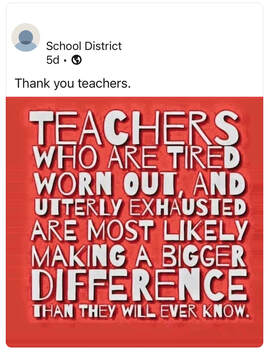
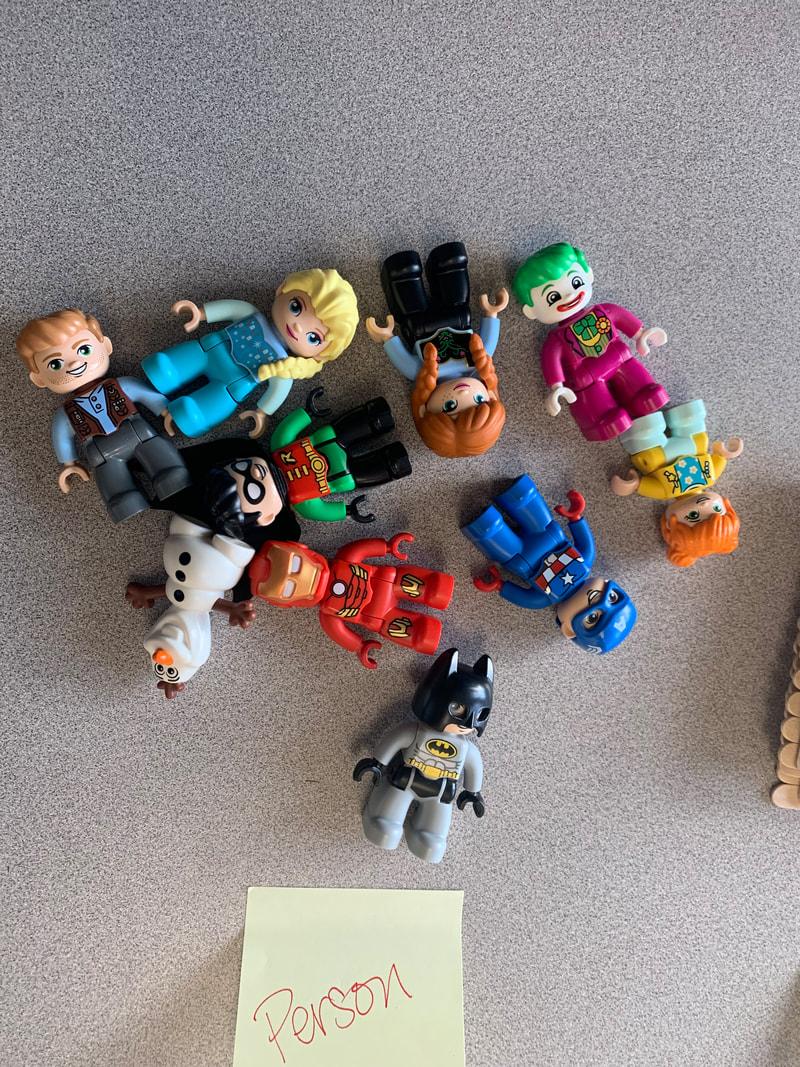
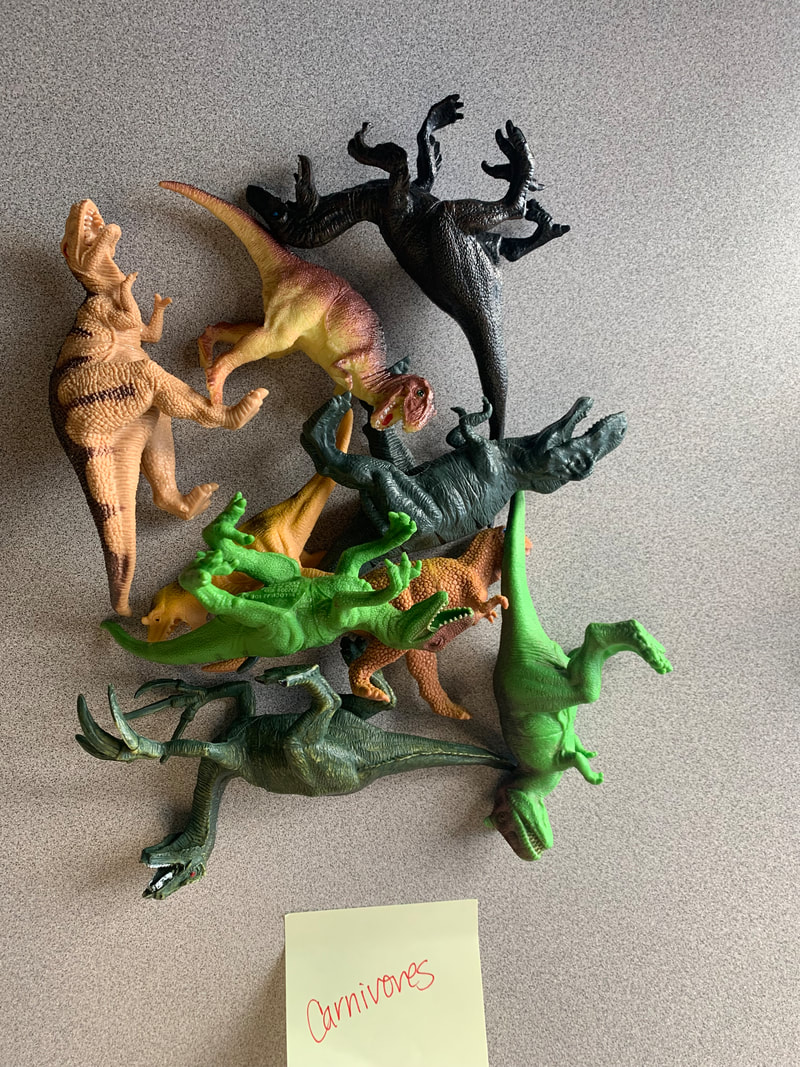
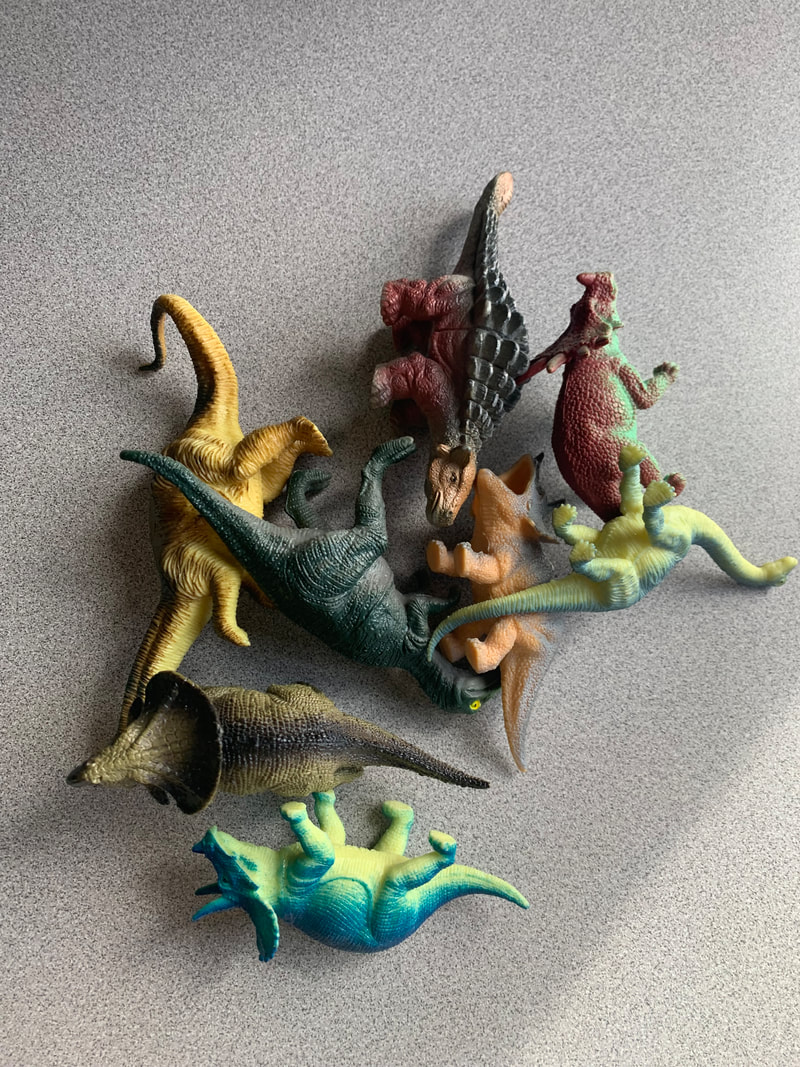
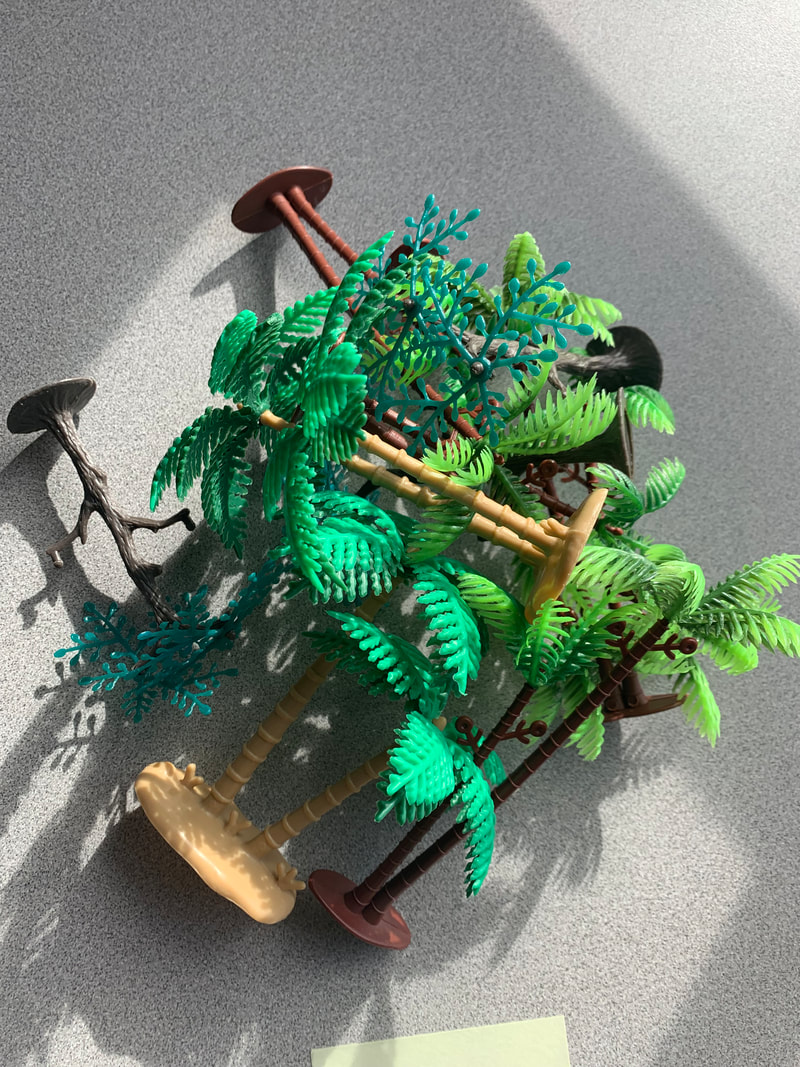
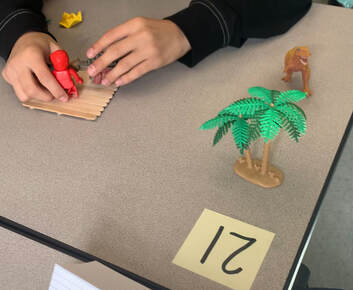
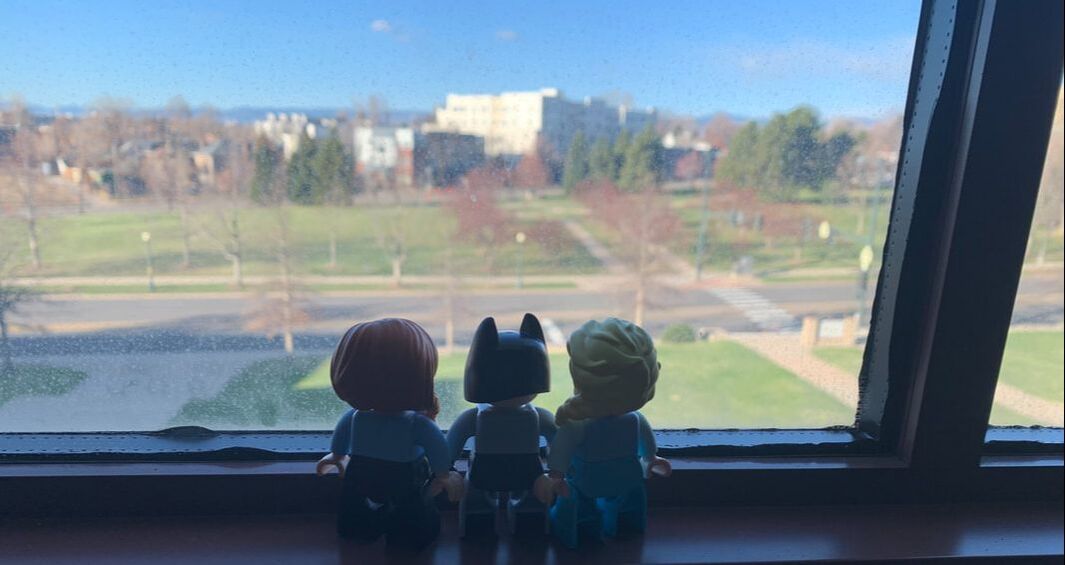
 RSS Feed
RSS Feed
